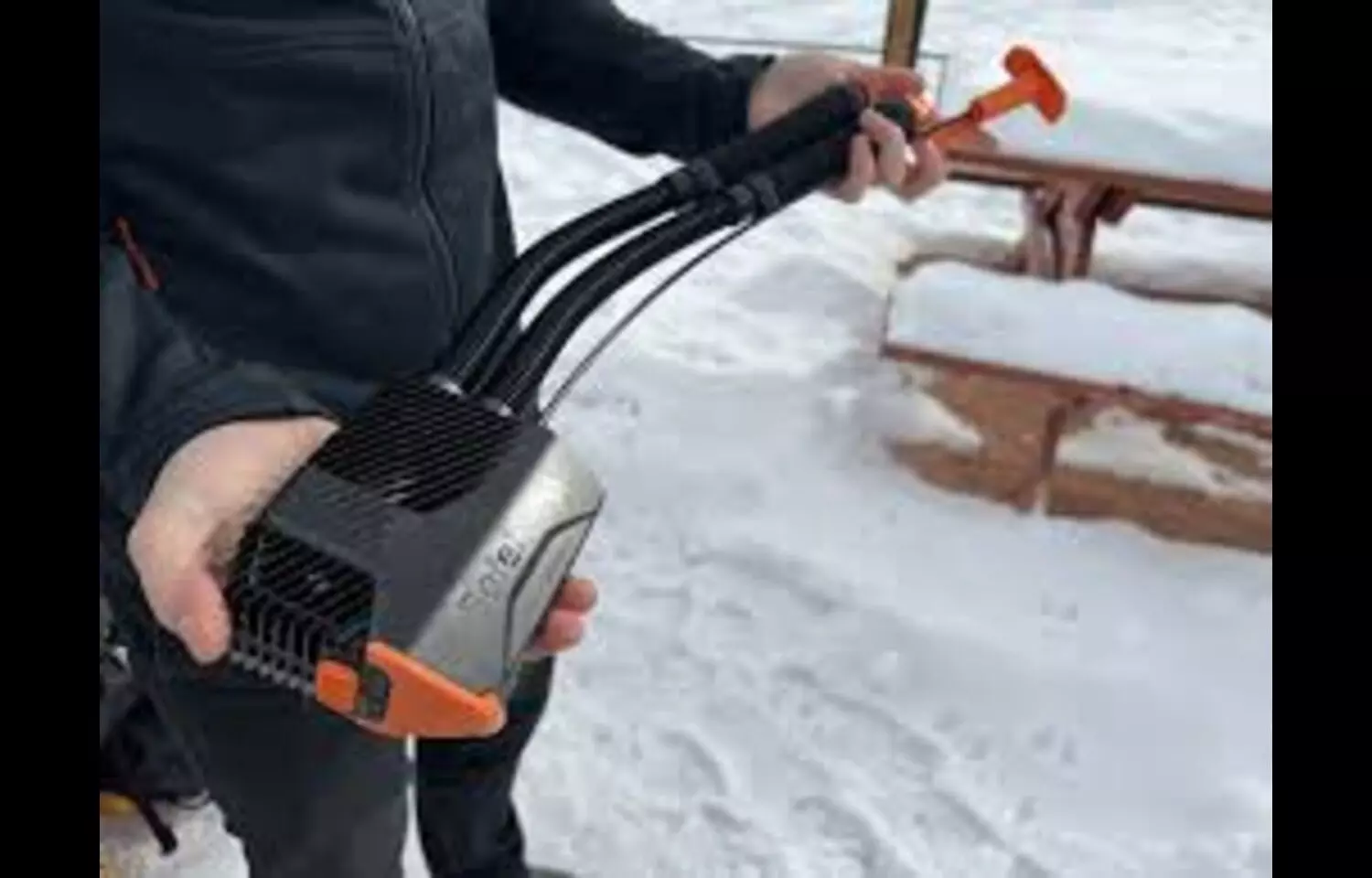Avalanche Safety Device Shown to Delay Hypoxemia and Hypercapnia: Study
- byDoctor News Daily Team
- 23 October, 2025
- 0 Comments
- 0 Mins

People who are critically buried by an avalanche often die of asphyxia within minutes, making timely rescue challenging. In a new study published inJAMA, Eisendle, Roveri, Rauch, and colleagues investigated the efficacy of a novel, user-carried avalanche safety device designed to deliver airflow from snow debris directly to the user’s airway without the need for supplemental oxygen or a mouthpiece. The authors report that the device significantly prolonged safe breathing time during simulated avalanche burial, effectively delaying critical hypoxemia and hypercapnia compared with a sham device. The randomized, blinded clinical trial was conducted at a field site in Italy from January to March 2023, enrolling healthy volunteers aged 18 to 60 years. Participants were buried in a prone position under at least 50 centimeters of snow, simulating critical avalanche conditions. The trial randomized participants to use either the Safeback SBX airflow device or a sham device. Vital parameters, including oxygen saturation and carbon dioxide levels, were continuously monitored throughout the simulation. The primary outcome was time to oxygen saturation below 80 percent, while secondary outcomes included oxygen and carbon dioxide concentrations at various distances within the snow. Of 36 randomized participants, 24 completed the trial and were included in the final analysis. The results demonstrated that participants using the safety device maintained oxygen saturation above 80 percent for the full 35-minute monitoring period, whereas the control group reached critical hypoxemia within a median of 6.4 minutes, with seven participants experiencing oxygen desaturation events. Measurements from the snow air pockets showed that the device maintained oxygen concentrations near normal levels and dramatically reduced carbon dioxide accumulation compared with the control condition. These findings indicate that the device provides a micro-environment of sustained ventilation, extending the period during which survivors can breathe safely under snow. The authors conclude that incorporating such user-carried airflow systems into avalanche safety protocols could meaningfully improve survival in critical burial scenarios, though further research in real-world settings is warranted.
Disclaimer: This website is designed for healthcare professionals and serves solely for informational purposes.
The content provided should not be interpreted as medical advice, diagnosis, treatment recommendations, prescriptions, or endorsements of specific medical practices. It is not a replacement for professional medical consultation or the expertise of a licensed healthcare provider.
Given the ever-evolving nature of medical science, we strive to keep our information accurate and up to date. However, we do not guarantee the completeness or accuracy of the content.
If you come across any inconsistencies, please reach out to us at
admin@doctornewsdaily.com.
We do not support or endorse medical opinions, treatments, or recommendations that contradict the advice of qualified healthcare professionals.
By using this website, you agree to our
Terms of Use,
Privacy Policy, and
Advertisement Policy.
For further details, please review our
Full Disclaimer.
Recent News
Health Ministry Proposes Barcoding Rule for All Va...
- 23 October, 2025
Boehringer Ingelheim Jascayd gets nod in China for...
- 23 October, 2025
Mizoram reports 121 multidrug-resistant TB Deaths...
- 23 October, 2025
GSK Shingrix new prefilled syringe presentation ge...
- 23 October, 2025
Daily Newsletter
Get all the top stories from Blogs to keep track.


0 Comments
Post a comment
No comments yet. Be the first to comment!